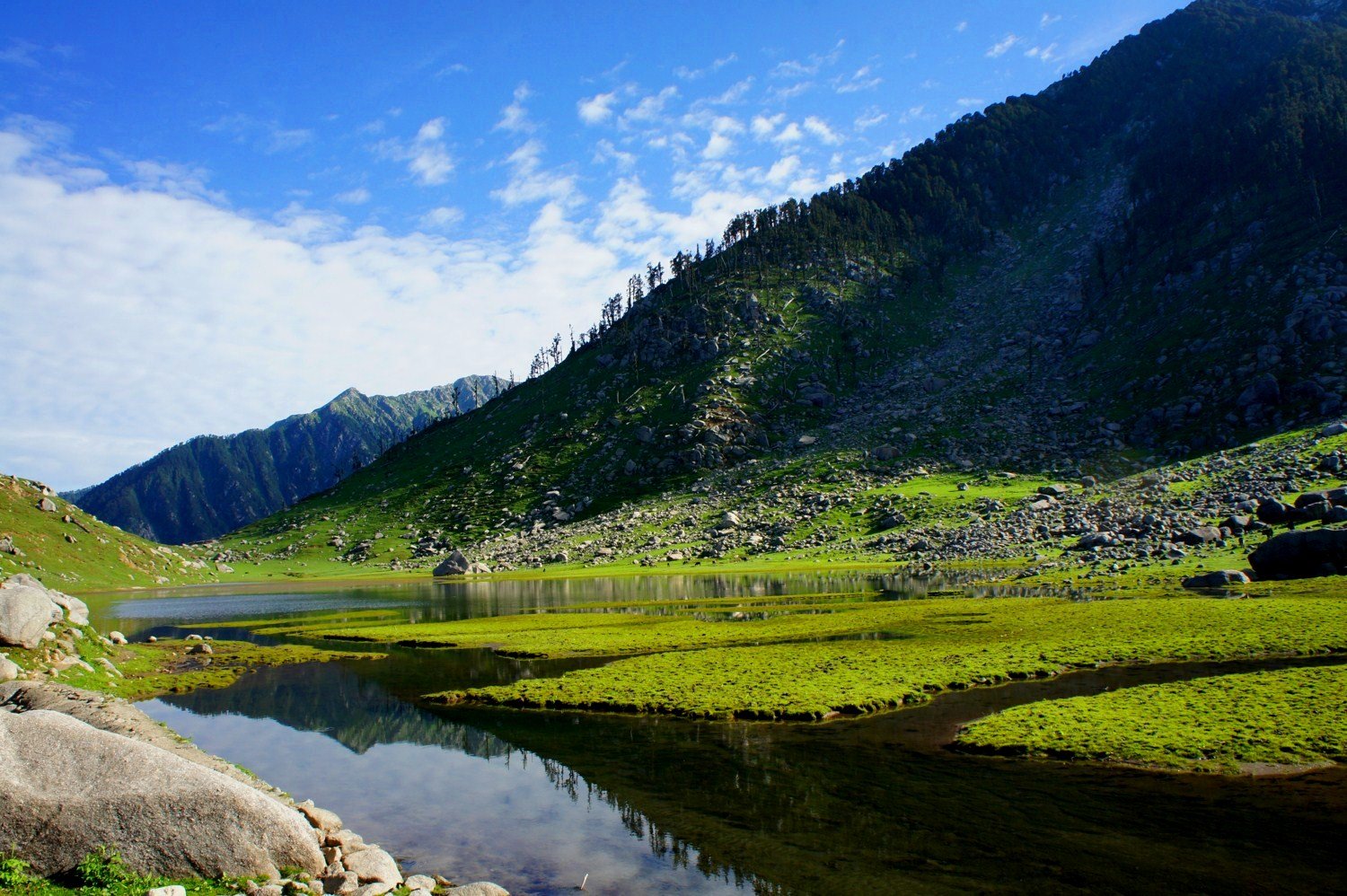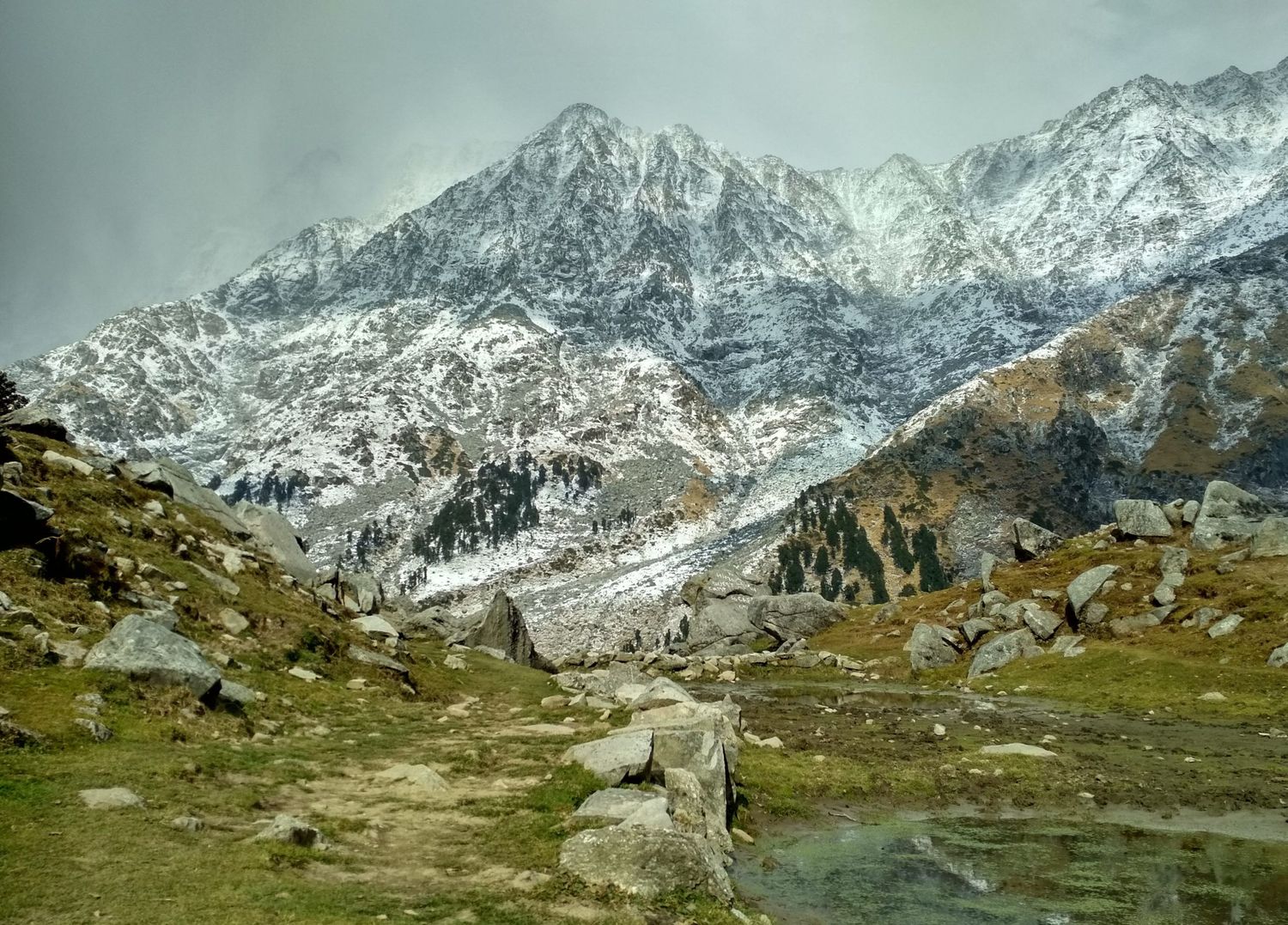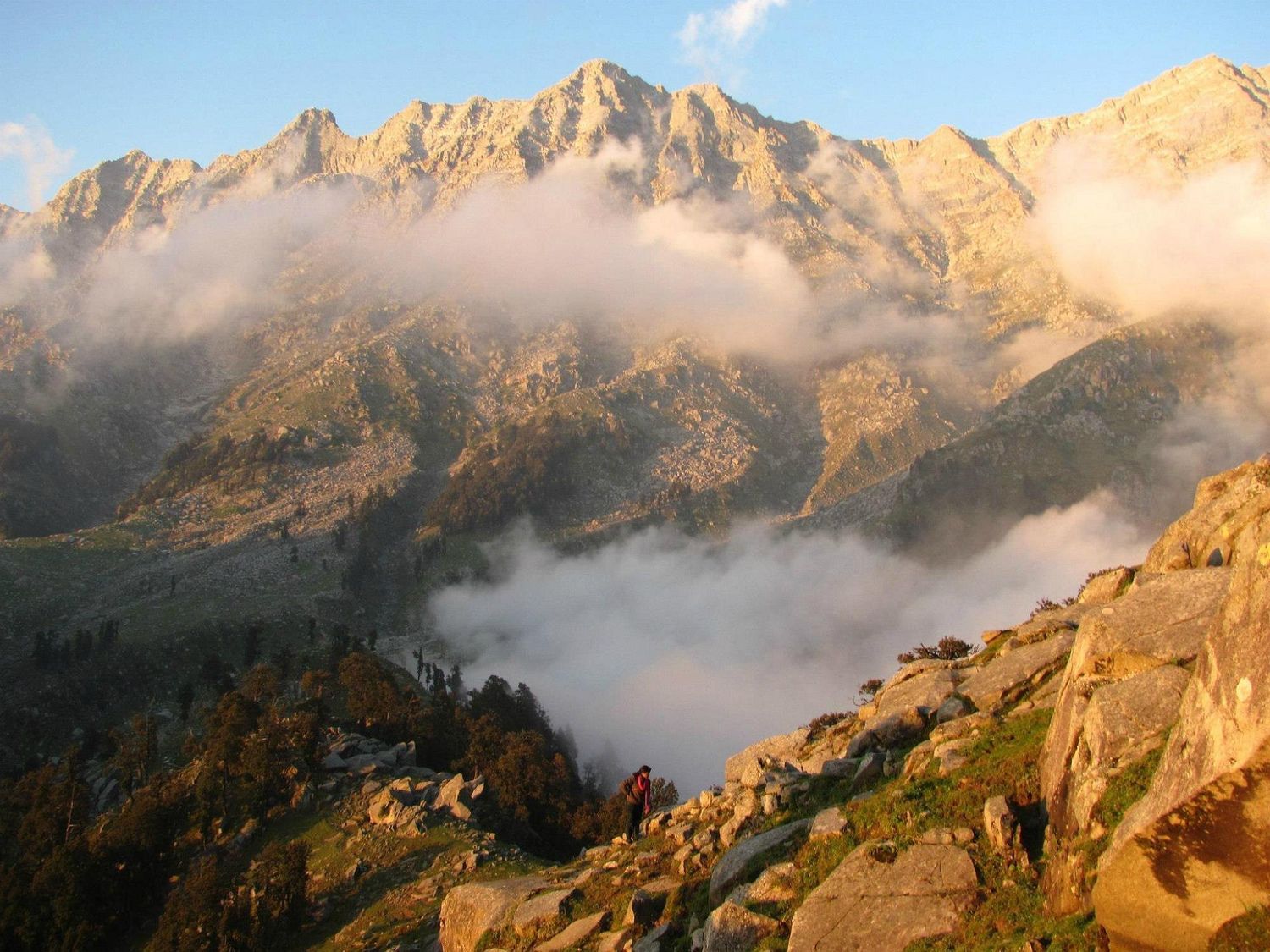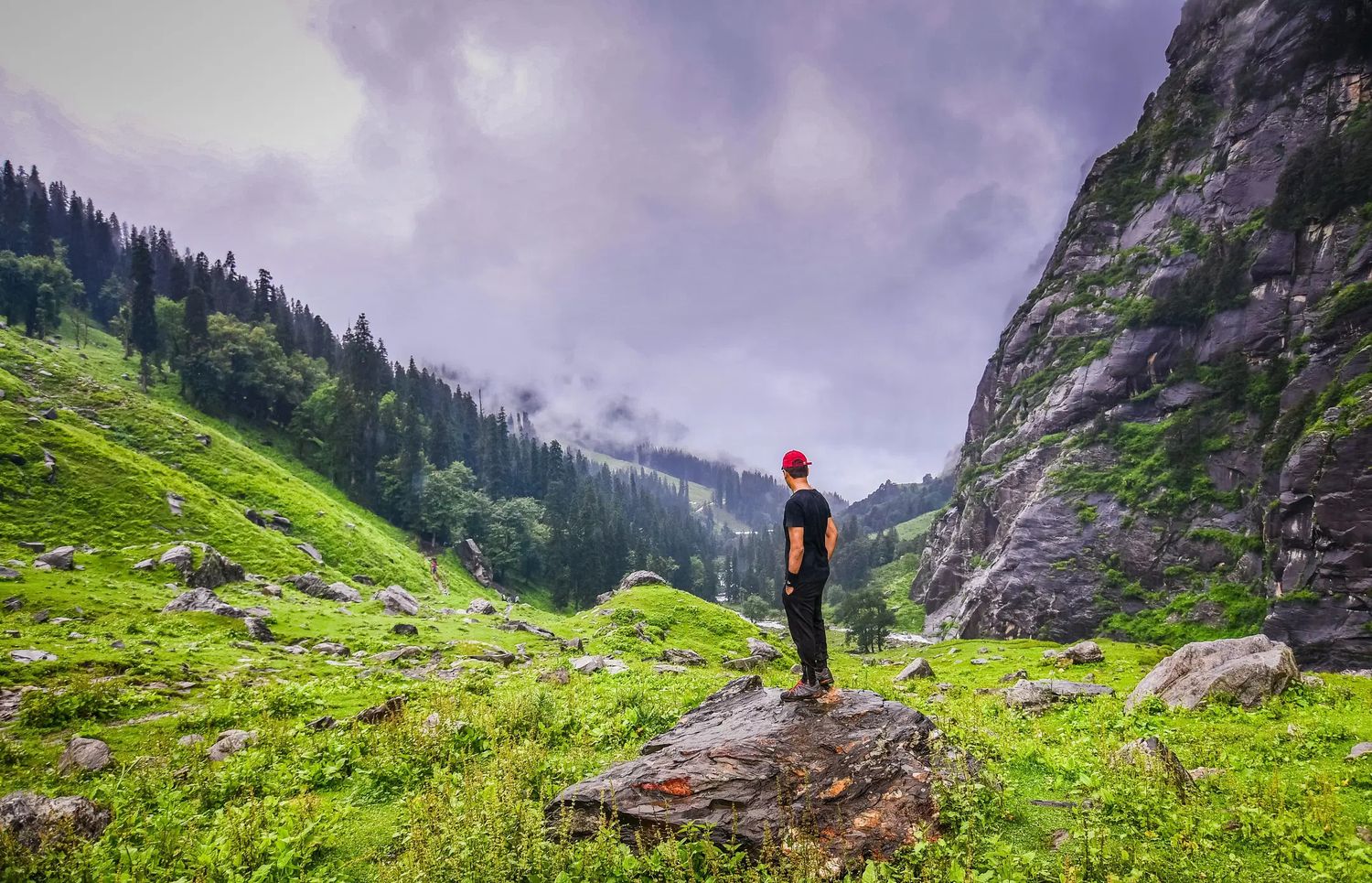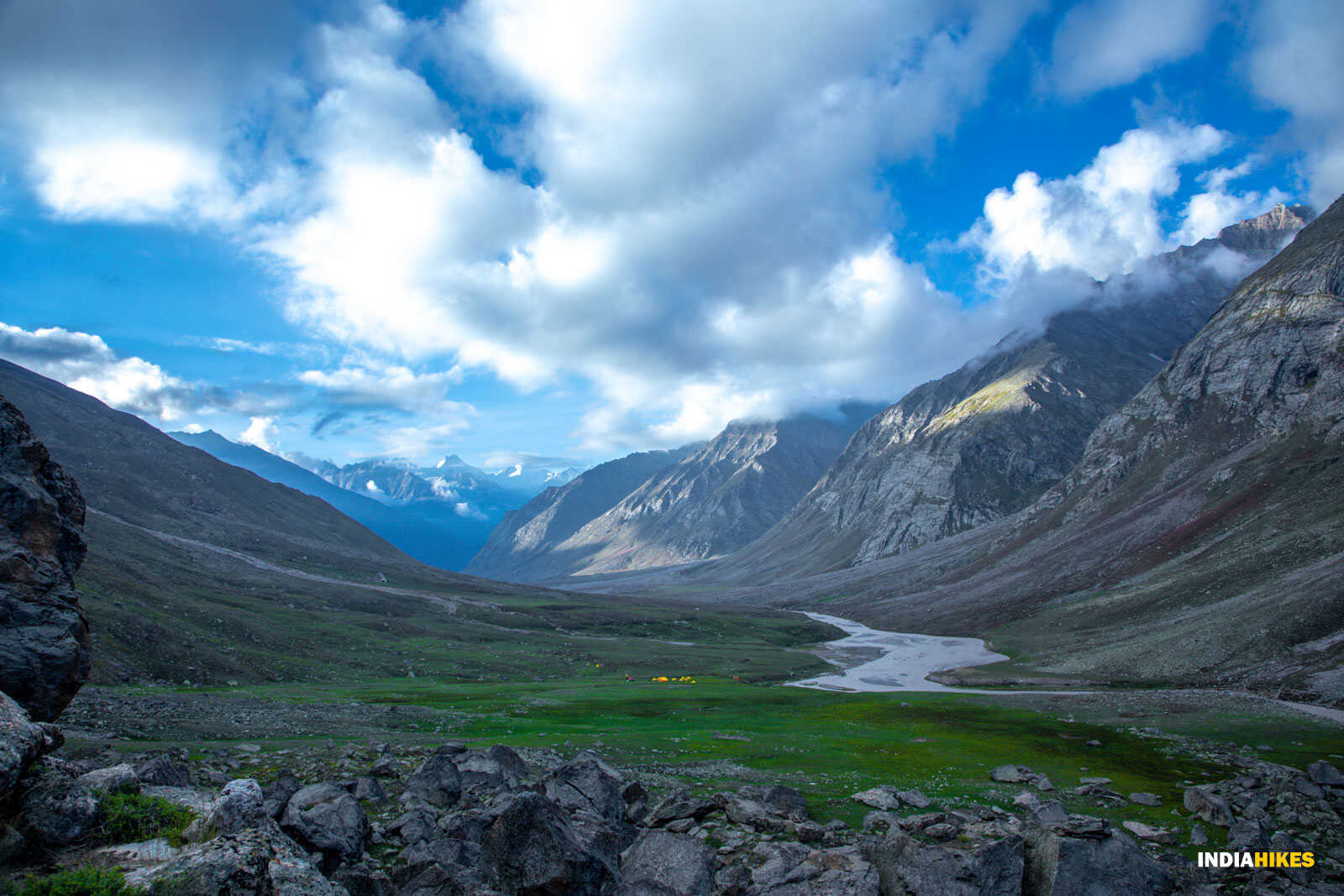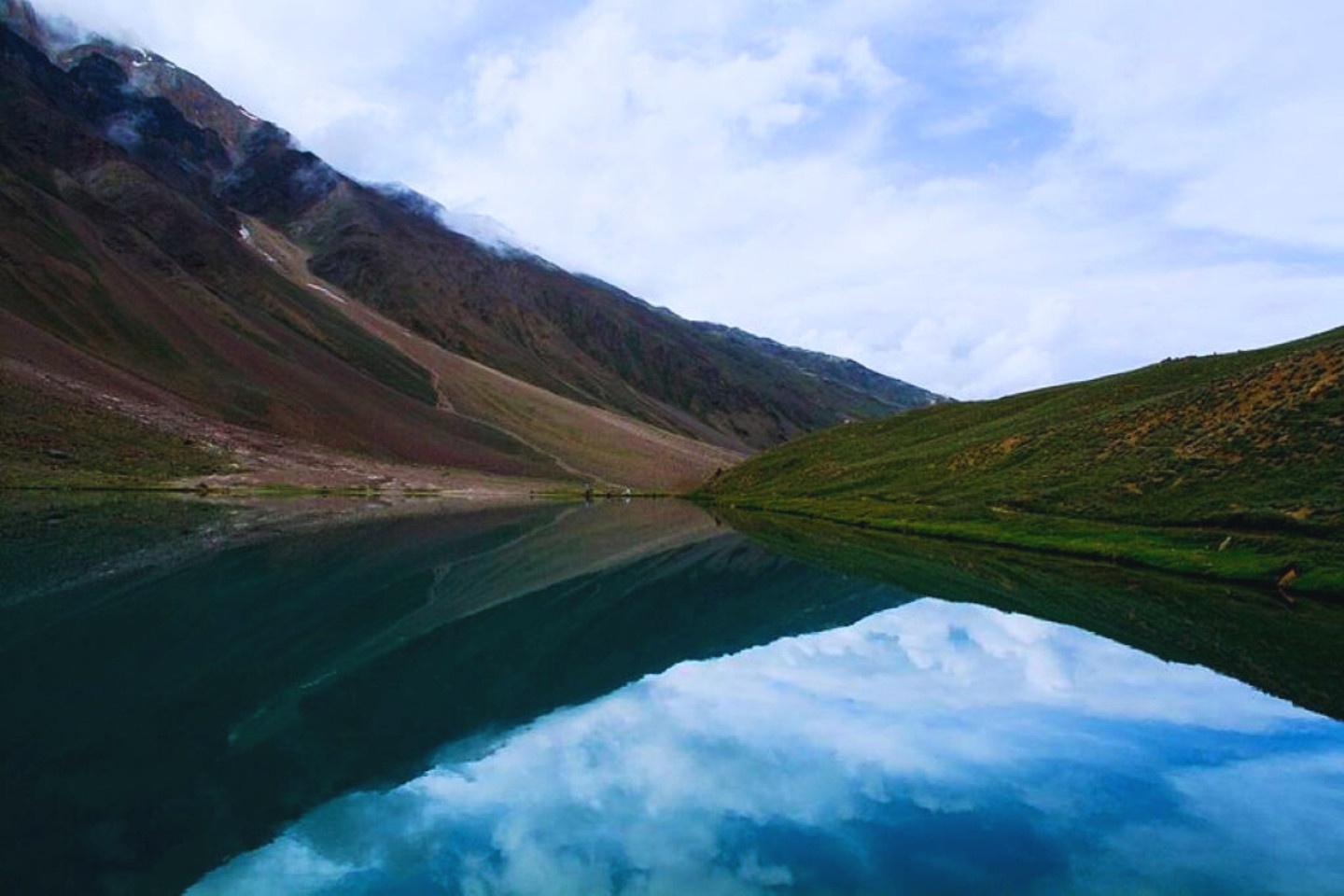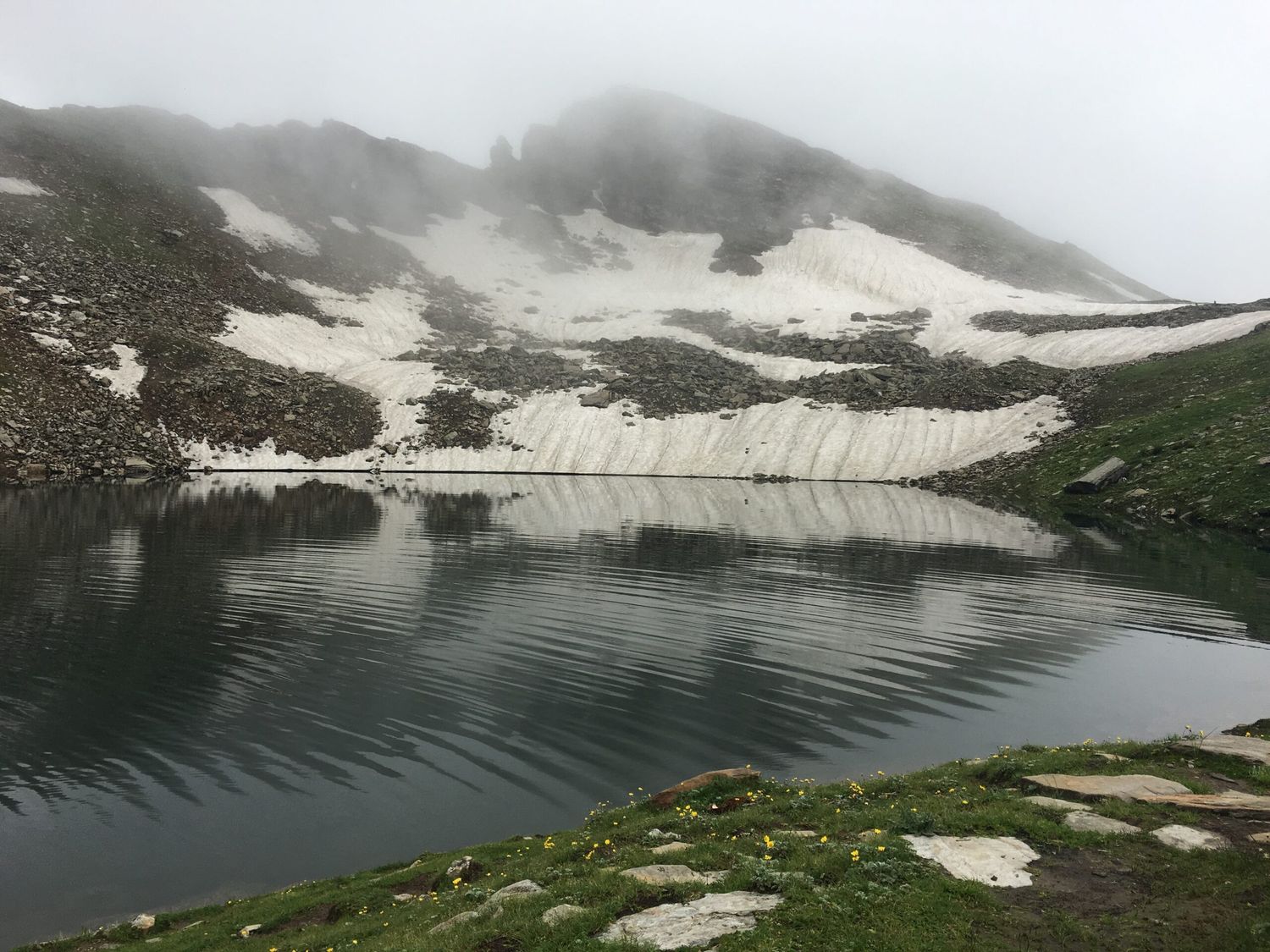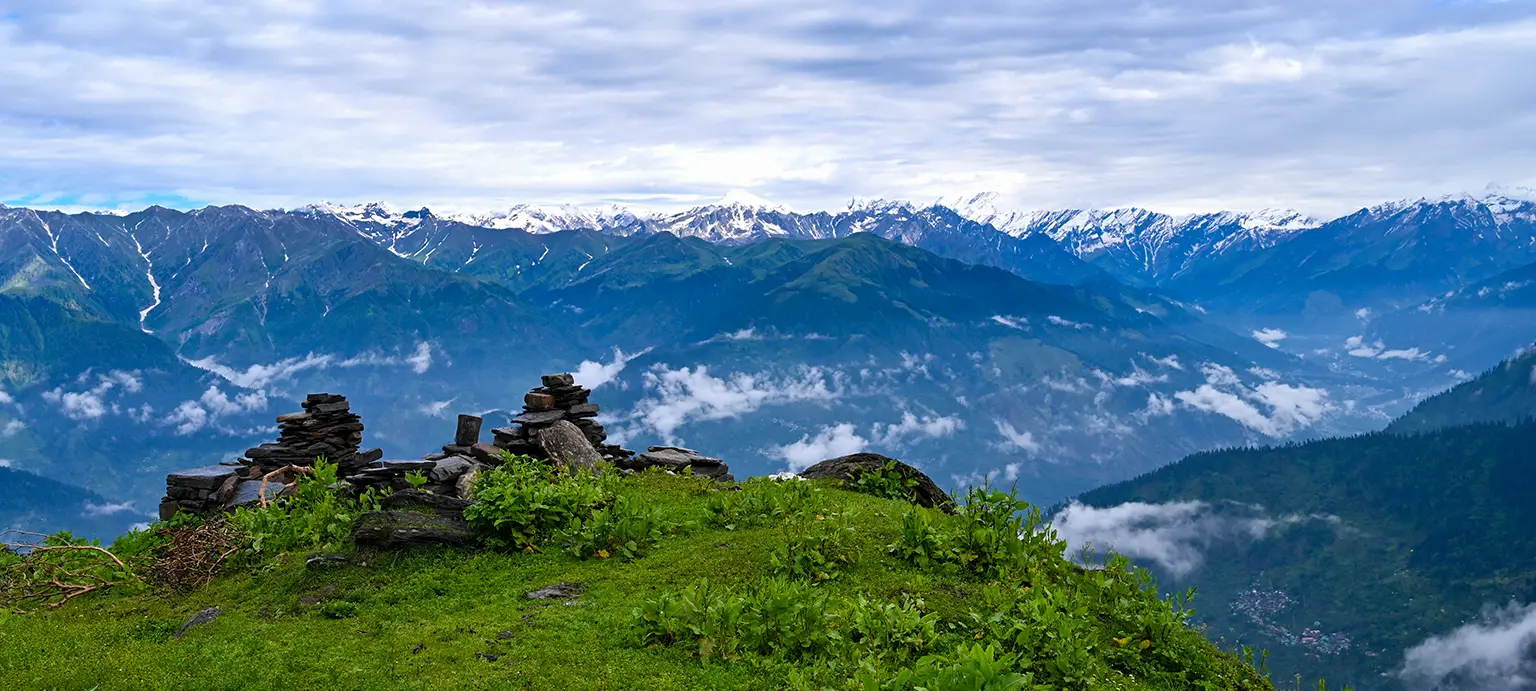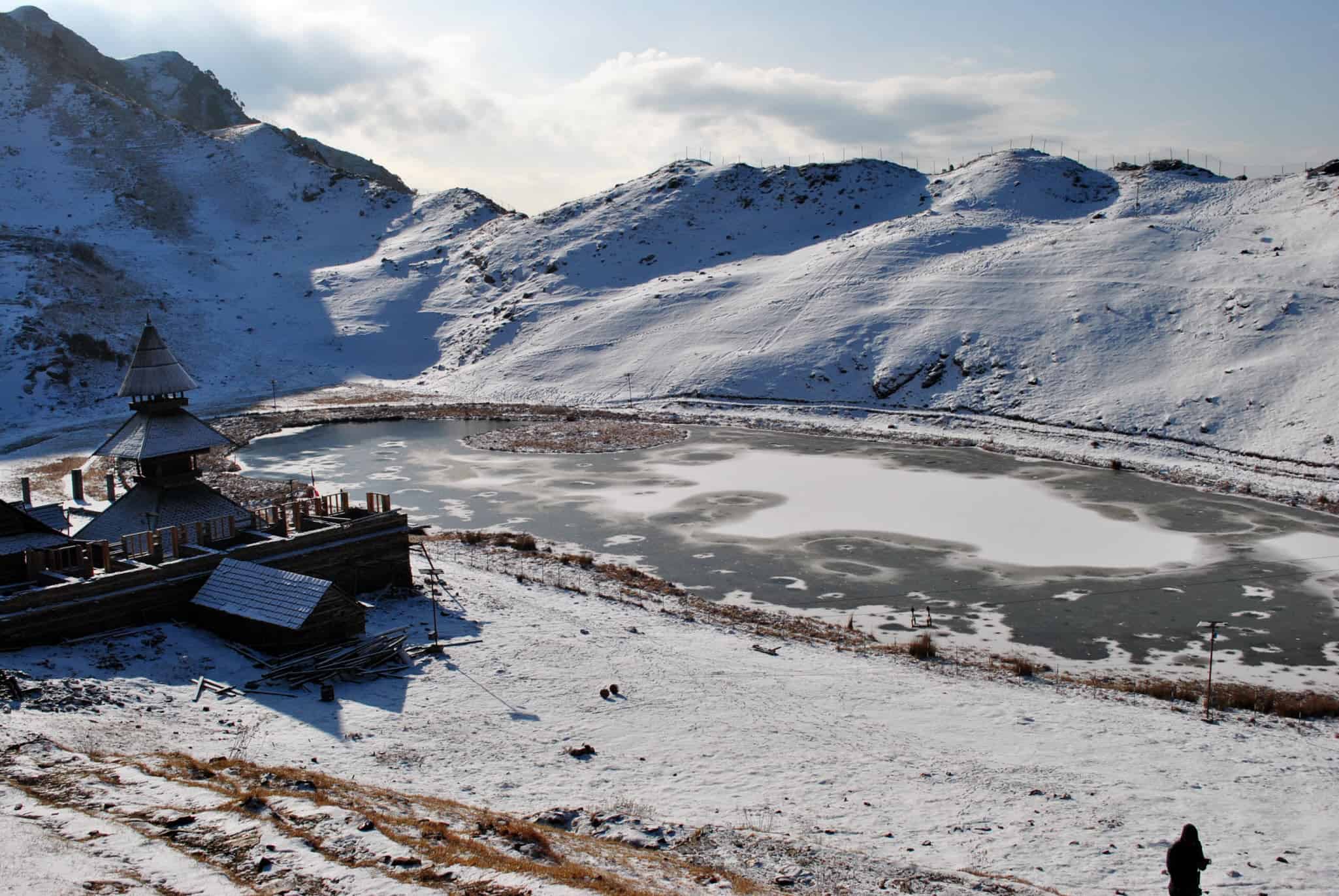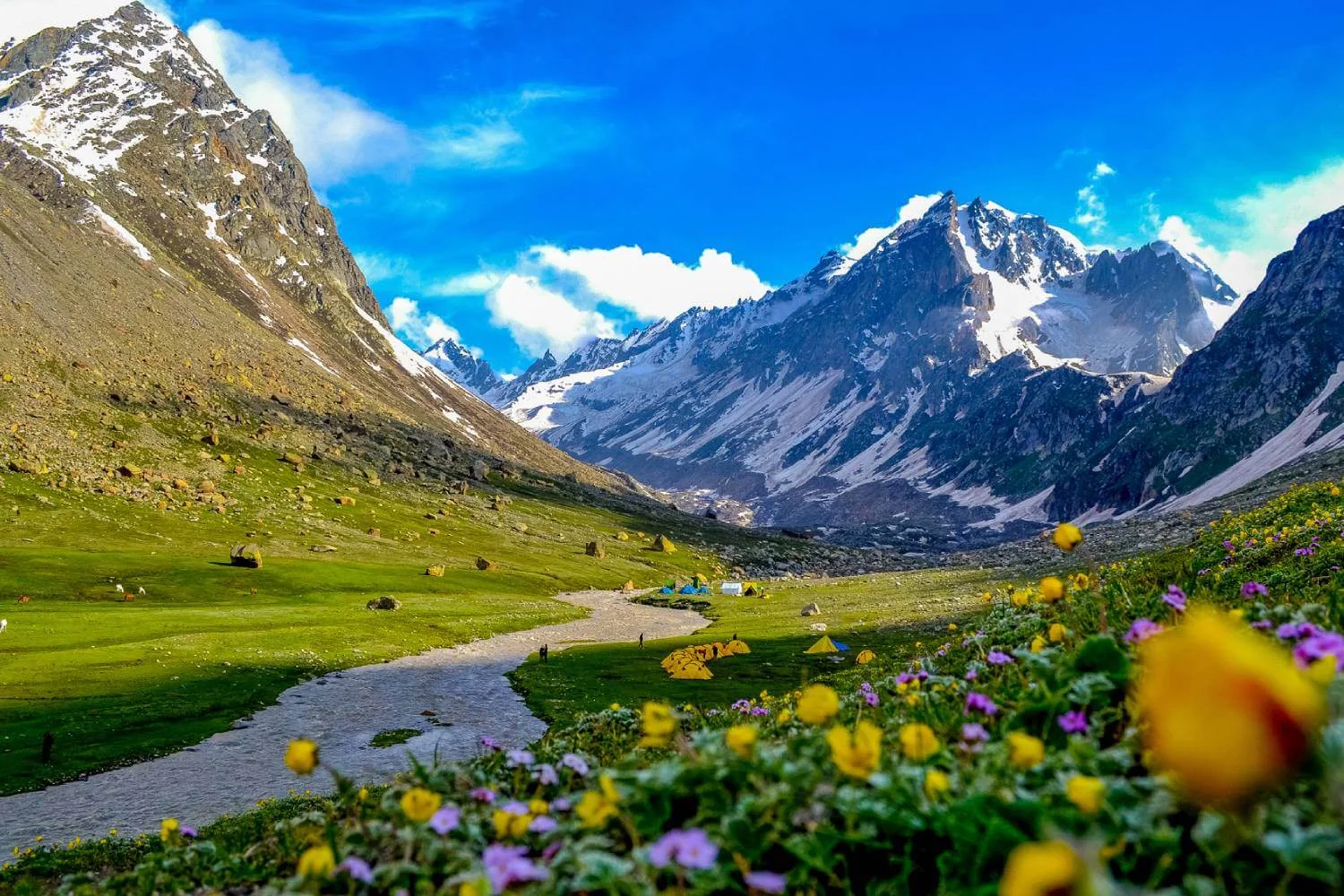Kareri Lake Trek: A Serene Alpine Escape
The Kareri Lake Trek is a short yet rewarding Himalayan journey located near Dharamshala. Nestled at an altitude of 9,678 ft, the lake is fed by the melting snow of the Dhauladhar range and remains crystal clear throughout the year. Surrounded by pine forests, quaint Himachali villages, and stunning mountain vistas, this trek is perfect for beginners as well as nature enthusiasts looking for a weekend getaway in the mountains.
Why Kareri Lake?
Kareri Lake is a glacial lake with clear, shallow waters that reflect the mighty Dhauladhar peaks. The trek offers a mix of scenic trails through pine and oak forests, charming shepherd hamlets, and panoramic views of the surrounding mountains. It is an ideal trek for those seeking a short-duration adventure with cultural immersion.
Highlights of the Trek
- Beautiful alpine lake at 9,678 ft
- Trails through dense pine forests and streams
- Traditional Himachali villages and Gaddi shepherd huts
- Clear views of the Dhauladhar range
Cultural Insights
The trail is dotted with traditional Himachali houses and shepherd settlements. At the lake, a small temple dedicated to Lord Shiva adds a spiritual aura to the serene environment.
